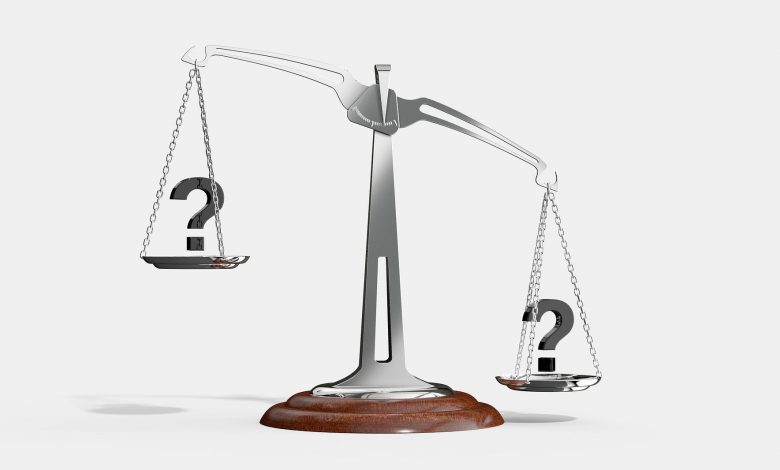FICO Score vs VantageScore: What’s the Difference?

Some factors that influence your credit score are straightforward. If you pay your bills on time, only borrow what you can afford, and spend the money responsibly, your credit will go up. Having said that, there are many types of scoring models, which could create some confusion. In fact, this is what makes your FICO Score vs VantageScore reports different.
Each of the two leading credit models take their own factors into account. One may prioritize timely payments, while the other treats credit card utilization as the most important aspect. Your FICO Score and VantageScore are also calculated in their own respective ways. If you want to build credit, understanding what these factors are and how each model weighs them will make the process easier.
FICO Score vs VantageScore: Factors and Calculations
The two main differences between the scoring models are the aspects that they take into account and their respective influence your credit. To clarify, FICO Scores look at five different categories. Each of them forms a certain percentage of your overall credit. VantageScore also evaluates five factors, but they are different than the ones that your FICO Score will consider. Just as importantly, VantageScore’s model weights these categories from “extremely influential” to “less influential.” It doesn’t use percentages.
In short, here are the aspects that make up your FICO Score, ranked by their importance:
- Payment History and Timeliness: 35%
- Amounts Owed and Credit Utilization or Usage: 30%
- Credit History Length: 15%
- Credit Diversification (i.e. mixing between retail cards, mortgages, installment loans, …etc.): 10%
- New Lines of Credit: 10%
Your VantageScore, meanwhile, considers the following:
- Amounts Owed and Credit Utilization: Extremely Influential
- Credit Diversification: Highly Influential
- Payment History and Timeliness: Moderately Influential
- Credit History Length: Less Influential
- New Lines of Credit: Less Influential
To illustrate the differences between the two scores, consider a consumer that has one general credit card, a retailer-issued line of credit, and a mortgage. The said consumer doesn’t often use their credit card, and they never defaulted on any of these accounts. However, the borrower sometimes struggles to pay their bills on time. How would their FICO Score vs VantageScore vary?
In this instance, the consumer’s VantageScore report would look better than their FICO one. Firstly, the former weights the borrower’s diversified credit portfolio as ‘highly influential’, even more so than their payment timeliness and history. The FICO model, meanwhile, bases one-third of the consumer’s credit score on their ability to pay on time. Only ten percent of their FICO Score is influenced by the diverse loans and lines of credit that they have.

Lenders and Usage
About 90% of lenders will look at your FICO credit report, rather than your VantageScore. This is especially true in the mortgage industry because federal entities, such as Freddie Mac and the FHA, rely on the FICO model. The same could be said about some auto-lenders. Yet this doesn’t mean that your VantageScore is irrelevant.
During 2018, more than ten billion credit reports were generated based on the VantageScore model. Just as importantly, it was used to approve/reject nearly 4.5 billion credit card applications. VantageScore reports are also becoming popular amongst auto and business loan providers. The number of vehicle and commercial lenders who used the VantageScore model increased by 77% and 82% in comparison to the previous year, respectively.
In short, FICO-based credit reports are certainly more common than their VantageScore counterparts. However, the latter is growing in popularity, and consumers definitely shouldn’t ignore it.
Medical Debts
Health-related collections accounts are important because credit scores treat them differently than other types of unpaid debts. This is because they don’t always reflect a consumer’s financial responsibility. For instance, an unpaid phone or cable bill indicates that the buyer purchased a plan that they didn’t need and/or couldn’t afford. A lender will question their ability to budget appropriately and differentiate between necessity and convenience.
An uninsured patient that needs to go to the ER, on the other hand, doesn’t have a choice. That is to say, getting urgent medical care, regardless of whether or not you can pay the bill, is different than picking a relatively expensive high-speed internet plan. Each of your FICO and VantageScore take this into consideration. Firstly, under the two models, a medical bill that gets sent to collection has a less negative impact on your credit score than other types of unpaid accounts. Secondly, your VantageScore completely excludes health care debts that you recently incurred (for up to six months).
FICO Score vs VantageScore: Consistency
As previously mentioned, FICO is more popular than VantageScore. Why? The former’s calculations change less frequently than the latter. Most credit scores will range between 300 and 850, including FICO. VantageScore’s model only recently reflected this. Beforehand, it followed a different numerical range to determine the quality of a consumer’s credit.
Equally as important, VantageScore’s categories change more often than FICO’s. Previously, timely payments used to be ‘extremely influential.’ Now, however, VantageScore places a greater weigh on your credit card utilization and diverse account types. Therefore, many lenders and borrowers alike follow the FICO model because it is more consistent.

Your Personal Score
While your credit report is certainly important, personal factors are just as influential. To put it another way, lenders will also examine your income, work experience, and education when they examine a credit application. Nonetheless, consumers certainly need to understand the differences between their FICO Score vs VantageScore reports. This isn’t limited to score calculations. You should also consider the type of credit that you need and the nature of your debts (i.e. medical vs. non-medical).
The two models consistently change. Nevertheless, many aspects are in your hands and under your control. This includes paying on time, borrowing what you can afford to pay back, and staying within your spending limits. In short, doing so will certainly improve your credit score, regardless of which model you choose and how often its calculations are changing.



